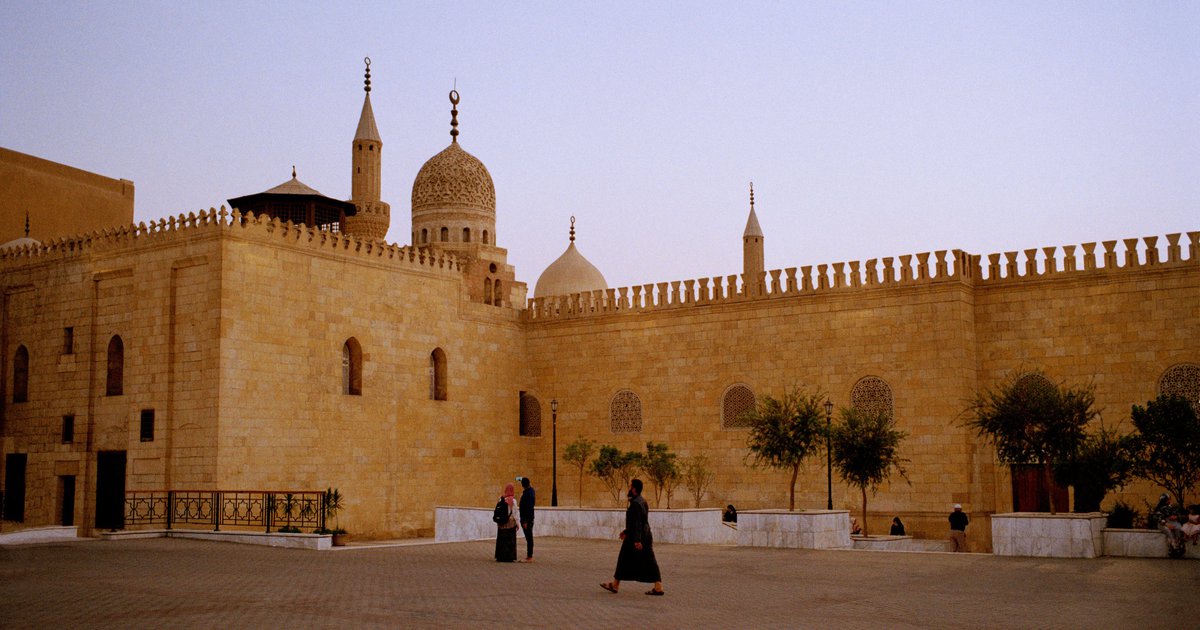The reality of sex reassignment (Transgender) in the light of Islamic teachings Research and critical review
Keywords:
Transgender, Islamic law, gender reassignment, fitrah, Shari’ah, identity, Pakistan, disfigurementAbstract
This research critically examines the phenomenon of sex reassignment and transgender identity from an Islamic perspective, highlighting theological, legal, and moral dimensions. In recent years, gender identity debates have taken a central place in global discourse, influencing legislation even in Muslim-majority countries. This paper analyzes these developments through the lens of Islamic teachings, particularly the concept of fitrah (natural disposition), which affirms that Allah’s creation is perfect and immutable. The Qur’anic injunction “There is no change in the creation of Allah” (30:30) serves as a central theological foundation for the Islamic prohibition against altering one’s biological sex.Drawing upon primary sources such as the Qur’an, Hadith, classical fiqh (Islamic jurisprudence), and contemporary scholarly opinions, this study differentiates between intersex conditions—where corrective intervention may be permissible—and elective gender reassignment based on psychological or emotional grounds, which is impermissible. The research also addresses common secular arguments supporting gender reassignment—such as identity, freedom, and human rights—through a critical Islamic framework. It critiques modern legislation in countries like Pakistan that allow self-perceived gender identity, arguing that such policies conflict with Islamic law and risk undermining social and moral order.Furthermore, the study explores the spiritual and societal consequences of normalizing gender reassignment, including threats to the family structure, deviation from divine guidance, and the influence of Western ideologies through media. The paper concludes with recommendations emphasizing the role of scholars, religious education, policy reform, and counseling services to address gender confusion within an Islamic ethical framework.
Downloads
References
1. Al-Qaradawi, Y. (1999). The Lawful and the Prohibited in Islam. American Trust Publications.
2. Ibn Kathir. (2003). Tafsir Ibn Kathir (Abridged). Riyadh: Darussalam.
3. Khan, M. A. (2020). Transgenderism and Islamic Theology: A Critical Review of Contemporary Gender Theories in Light of the Qur'an and Sunnah. Journal of Islamic Thought and Civilization, 10(2), 45–62. https://doi.org/10.32350/jitc.102.04
4. The Holy Qur’an. (n.d.). Surah Ar-Rum, 30:30.
5. Al-Ghazali, A. H. M. (2004). Ihya’ Ulum al-Din [Revival of the Religious Sciences]. Beirut: Dar al-Ma‘rifah.
6. Khan, M. A. (2020). Transgenderism and Islamic Theology: A Critical Review of Contemporary Gender Theories in Light of the Qur'an and Sunnah. Journal of Islamic Thought and Civilization, 10(2), 45–62. https://doi.org/10.32350/jitc.102.04
7. The Holy Qur’an. Surah Ar-Rum, 30:30; Surah At-Tin, 95:4.
8. Sahih al-Bukhari. (n.d.). Hadith No. 5931.
9. American Psychiatric Association. (2013). Diagnostic and Statistical Manual of Mental Disorders (5th ed.). Washington, DC: American Psychiatric Publishing.
10. Dhejne, C., Lichtenstein, P., Boman, M., Johansson, A. L. V., Långström, N., & Landén, M. (2011). Long-term follow-up of transsexual persons undergoing sex reassignment surgery: Cohort study in Sweden. PLoS ONE, 6(2), e16885. https://doi.org/10.1371/journal.pone.0016885
11. Mayer, L. S., & McHugh, P. R. (2016). Sexuality and gender: Findings from the biological, psychological, and social sciences. The New Atlantis, 50, 7–143.
12. McHugh, P. R. (2015). Transgenderism: A Pathogenic Meme. The Witherspoon Institute, Public Discourse. https://www.thepublicdiscourse.com/2015/06/15145/
13. Vandenbussche, E. (2021). Detransition-related needs and support: A cross-sectional online survey. Journal of Homosexuality, 68(4), 584–602. https://doi.org/10.1080/00918369.2020.1835213
14. Sahih al-Bukhari. (n.d.). Hadith 5885, 5931.
15. Sahih Muslim. (n.d.). Hadith 2125.
16. The Holy Qur’an. Surah Ar-Rum (30:30), Surah An-Nisa (4:119).
17. Sunan Ibn Majah. (n.d.). Hadith 1616.
18. Al-Azhar Fatwa Committee. (2016). Rulings on Intersex and Transgender Issues. Cairo: Al-Azhar.
19. Al-Kasani, A. A. (n.d.). Bada’i al-Sana’i fi Tartib al-Shara’i (Vol. 7). Beirut: Dar al-Kutub al-Ilmiyyah.
20. Bin Bayyah, A. (2018). Al-Takwin al-Khalqi wa al-Tahawwul al-Jinsi: Dirasah Fiqhiyyah. Abu Dhabi: Majlis al-Ifta'.
21. Sunan Ibn Majah. (n.d.). Hadith 1616.
22. The Holy Qur’an. Surah Ar-Rum (30:30), Surah An-Nisa (4:119).
23. Government of Pakistan. (2018). The Transgender Persons (Protection of Rights) Act, 2018. National Assembly of Pakistan. https://na.gov.pk/uploads/documents/1525855174_594.pdf
24. The Holy Qur’an. Surah An-Nisa (4:119).
25. The Holy Qur’an. Surah Al-A’raf (7:80-84), Surah Ar-Rum (30:21), Surah Al-Furqan (25:68).
26. The Holy Qur’an. (n.d.). Surah Al-Ahzab (33:36), Surah Ar-Rum (30:30), Surah Aal-E-Imran (3:6).
27. Ibn Uthaymeen, M. (2004). Majmoo’ Fatawa wa Rasail Ibn ‘Uthaymeen. Riyadh: Dar al-Tharaya.

Downloads
Published
Issue
Section
License
Copyright (c) 2025 Hafiz Shehzad Ahmad, Syed Iftikhar Hussain Shah, Ayesha Imran (Author)

This work is licensed under a Creative Commons Attribution-NonCommercial 4.0 International License.
Authors retain the copyright of their work. All articles in Scholar Insight Journal are published under the terms of the Creative Commons Attribution 4.0 International License (CC BY 4.0).
This license permits anyone to read, download, copy, distribute, print, search, or link to the full texts of the articles, and to use them for any other lawful purpose, without asking prior permission from the author(s) or the publisher, provided proper attribution is given to the original work.




